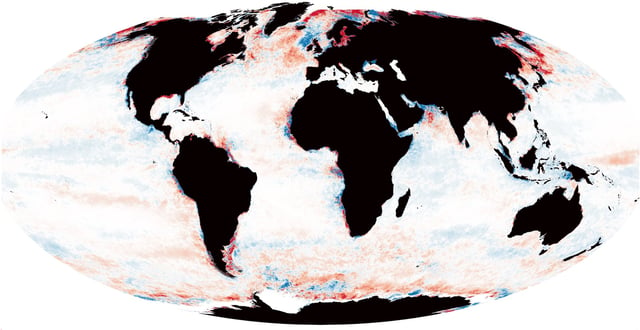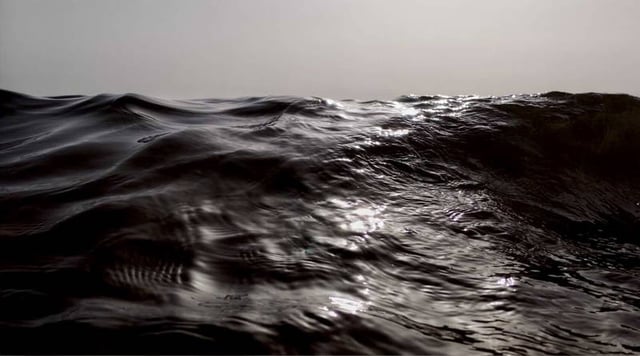Overview
- Satellite data and models show more than a fifth of the ocean darkened between 2003 and 2022, affecting roughly 75 million square kilometres.
- Nearly 9% of marine waters experienced photic zones shrinking by over 50 metres, with 2.6% losing up to 100 metres of light penetration.
- Darkening drivers include altered ocean currents, higher sea temperatures, and increased nutrient and sediment inputs.
- Pronounced changes occurred in areas such as the Gulf Stream, polar regions, and coastal seas including the Baltic.
- Experts warn that reduced light availability could disrupt food webs, strain fisheries and weaken the ocean’s capacity to regulate carbon.

